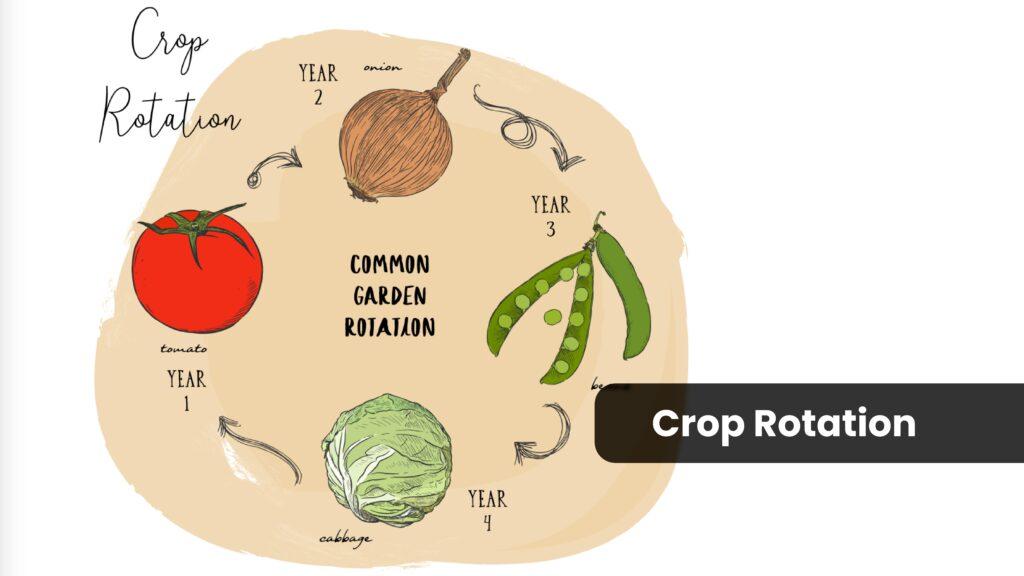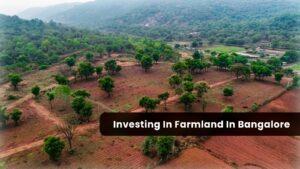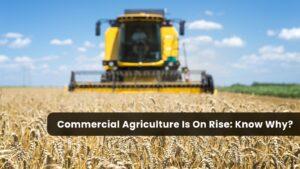In the words of Thomas Jefferson, “Agriculture is our wisest pursuit because it will, in the end, contribute most to real wealth, good morals, and happiness.”
Agriculture is essential to the continued existence of human civilization. Even though at first, agriculture only involved planting seeds and harvesting the results. The area of agriculture has seen a number of changes with modernity.
We humans have started cultivating a broad variety of crops for both commercial and non-commercial uses thanks to our intelligence and need for nourishment. Numerous methods are now being employed to improve the soil quality and produce crops that are high in nutrients as a result of rising food demands, crop quality, and agricultural exports.
One technique that is very effective at boosting soil fertility, crop productivity, and soil nutrients is crop rotation. Let’s delve deeper into the definition of crop rotation in agriculture and its advantages.
CROP ROTATION
Crop rotation is the process of producing a variety of crops in the same place over the course of several growing seasons. The technique is intended to increase soil quality and maximize soil nutrients while fending against illnesses, insects, and weeds. It is also a crucial component of IPM (Integrated Pest Management Program).
A field that is planted with the same crop year after year may develop an accumulation of certain illnesses and insects. Pests can spread across members of the same plant family. For instance, the solanaceous family includes foods like potatoes, tomatoes, peppers, and eggplant. If all of these members of the solanaceous family are grown continuously without rotation, soil-borne diseases such early blight or disease spore accumulation may develop.
As a result, it is recommended to avoid growing plants from the same family in the same field section for three to five years. So, a producer is advised to plant tomatoes in the first year and wait until the fifth year to start new plantations. To increase the soil fertility, they can cultivate plantations like okra, cucurbits and lettuce in the same field in the consecutive years.
ADVANTAGES OF CROP ROTATION
Improvement in Soil Quality
Increased soil organic matter (SOM), improved soil structure, and an improved chemical and biological soil environment are all benefits of using several plantations in rotation. More SOM results in better water infiltration and retention, which increases drought tolerance and reduces erosion.
The crop rotation allows for the consumption of different vitamins and minerals from year to year because each crop has different needs for certain vitamins and minerals. The amount of organic matter in the soil is used to gauge its fertility.
Better Nitrogen Management
Crop rotation can alter soil moisture, temperature, pH, plant residue, and tillage techniques, which can all affect the rate of mineralization of nitrogen or the conversion of organic nitrogen to mineral nitrogen.
One of the essential elements for plant development is nitrogen. It is a crucial component of DNA, a protein’s building block, and even chlorophyll. Due to the fact that this increases crop output, there has been a subsequent increase in nitrate in the soil profile of some agricultural fields.
By increasing soil N availability, lowering the amount of nitrate fertilizer applied, and reducing the potential danger of nitrate leaching, crop rotation can significantly reduce the risk of nitrate leaching to surface and groundwater.
Reduced Land and Water Pollution
A surplus of this nutrient has been released into the environment due to the disruption of the natural nitrogen cycle and the excessive and ineffective use of fertilizers, which has upset the balance of ecosystems. The most detrimental impact of nitrogen pollution is the eutrophication of water bodies, which poses a threat to the safety of our drinking water supply and causes serious health issues.
Methods of agricultural rotation restore soil nitrogen naturally by alternating green manure crops with other crops. Instead of releasing nitrogen into the environment, these rotation crops keep the nutrients in the soil for plant absorption.
Crop rotation hence lessens the demand for fertilizer application and lowers the danger of water and soil pollution.
Improved Soil Structure
The arranging (aggregation) of individual particles into distinct soil shapes, according to their sizes, is referred to as soil structure. Plant growth is impacted by soil structure because it affects water retention and root infiltration. It influences soil drainage and serves as a reliable indicator of soil fertility.
The quality and productivity of the crops are directly impacted by the soil structure. Because we alternate between deep and shallow rooted plants while rotating crops on the same area, soil structure improves.
The diverse root systems of the plants that are planted one after the other improve soil structure by increasing soil porosity, stabilizing soil particle aggregates, enhancing soil water retention, and supplying more organic matter.
Prevention of Soil Erosion
Denudation of the top layer of soil is referred to as soil erosion. The soil loses its fertility as a result of soil erosion. Because the soil’s top layer is so light, wind and water can readily carry it away.
This happens frequently in intense monoculture crop farming, which disrupts the soil by frequently tilling the ground each year. But because cover crops are grown on the land for the majority of the rotation cycle, crop rotation avoids soil erosion. The primary sources of soil erosion, wind and rain, are reduced by plants’ ability to hold soil in place and shield it from the elements. Additionally, planting crops with roots of various lengths and shapes increases the cohesiveness of the soil.
Weed Control and Resistance to Diseases
The use of chemicals in agriculture to enhance crop quality has resulted in some major poisoning instances, environmental contamination, and even an increase in pests’ tolerance to the active ingredients.
Crop rotation plays a crucial function in such circumstances. Because many dangerous insects and germs overwinter in soil, this technique is effective. Every growing season, if we grow the same crop in the exact location, we are fostering the ideal environment for their colonies to expand. Many diseases or pests have specific host preferences. We take away their preferred host and disturb the annual life cycle of these pests or diseases by relocating the crops and changing the cropping sequence.
Enables Higher Crop Yields
Crop yield is thought to be the most significant indicator of a farmer’s success. And with the Population growth larger agriculture yields and better crop quality is demanded. But as it was already indicated, the condition of the soil has gradually declined as a result of overuse of chemicals.
The condition of the soil is meant to improve when crops are rotated on a regular basis because it reduces the likelihood that pests will develop, fosters a favorable environment for crops to grow, and increases agricultural output.
CONCLUSION:
The increased use of chemicals and fertilizers has led to pesticide poisoning and resulted in several deaths. Crop rotation is one of the best methods that’s not only natural but also is cost-effective and will result in healthier soil and healthy plantations. This method also contributes to creating a healthier environment as it helps to tackle the widespread chemical contamination of the environment.
Mogg’s Estates bases its strategic decisions on maintaining the quality of the land and the plantations that are developed there. We periodically evaluate the soil’s condition, and with the help of our agronomists, we cultivate crops that are the most appropriate for the area and do not contribute to problems with pests, pesticide poisoning, soil erosion, water pollution, and other challenges.
If you are looking out for an opportunity to contribute to betterment of our environment and make sustainable future a reality, then you can connect with us on www.moggs.in



